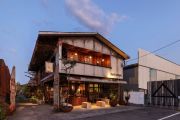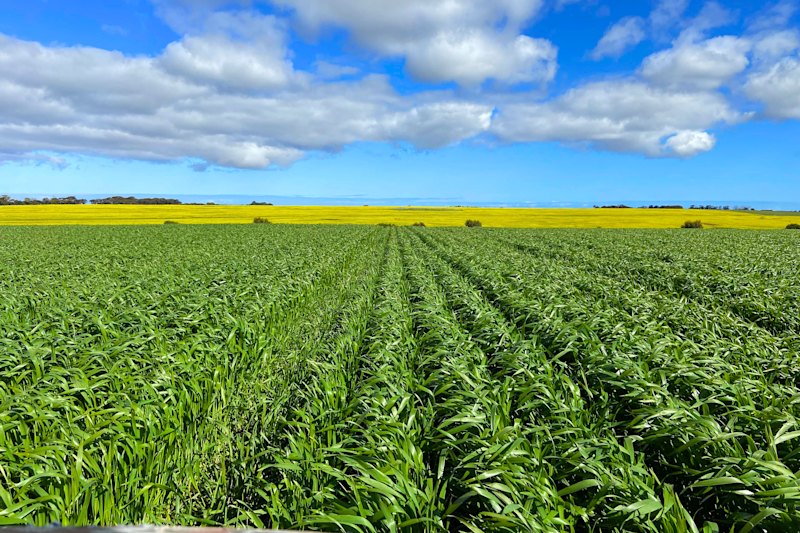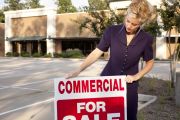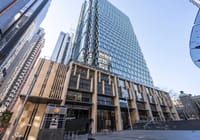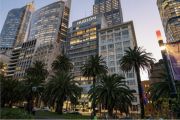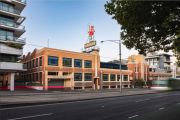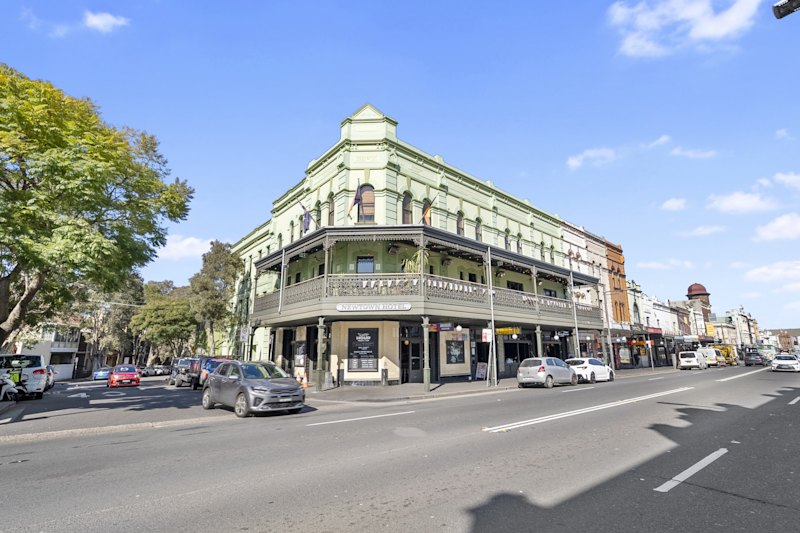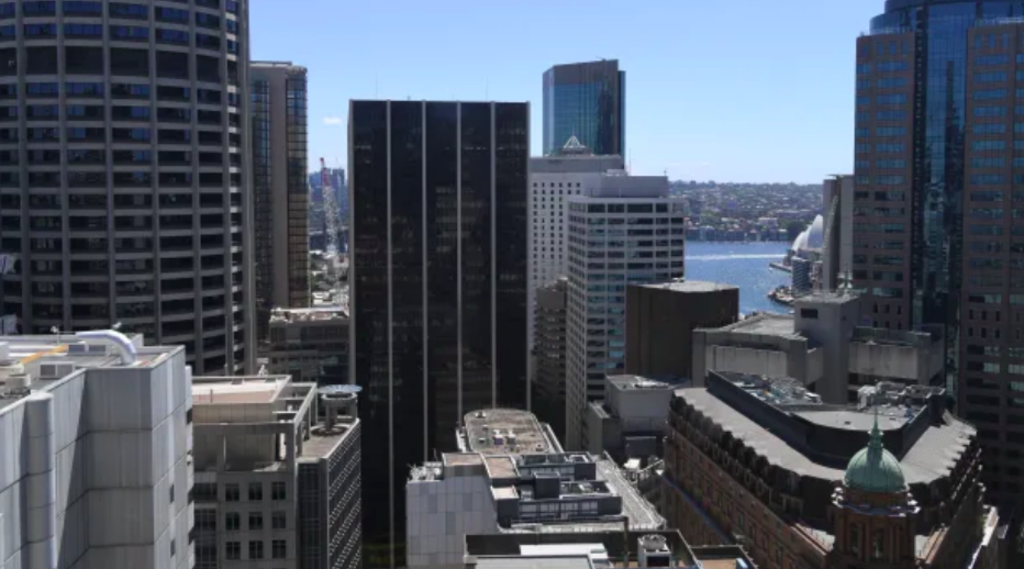
Businesses give up office space in Sydney CBD
The amount of office space in the Sydney CBD available for sublease has hit its highest level since the early 1990s recession and is expected to expand further this year as businesses contract or look for ways to save money as a result of COVID-19.
The large increase in sublease space has so far been mainly attributed to businesses relocating but CBRE expects that demand will deteriorate further as a result of higher unemployment, lower migration and rising incentives.
Falling demand could cause effective rents to drop by 15 to 20 per cent in 2020-21, in turn putting office tower values under pressure.
“Of real concern is that sublease availability is at historic highs and that is before we see the anticipated distressed space hit the market,” the CBRE research team said.
“There is definitely more coming in the next six months. It’s as a result of tenants that may have carried extra space when times were good and they planned it for growth but now that growth is unlikely to occur and so they will now look to cut costs,” CBRE’s director of office leasing Chris Fisher said.
Even before the pandemic struck, the market was softening with sublease space in the Sydney CBD at a seven-year high in the first quarter of 2020. It tracked even higher by the end of April with 90,031 square metres of surplus space available in the market, well above the long-term average of 54,856 square metres, according to new data from CBRE.
The last time the CBD market had that much available space to sublease was during the early ’90s recession, when levels peaked at 119,588 square metres, according to Property Council of Australia records.
According to CBRE’s latest Sublease Barometer report, an increase in sublease space, combined with an increase in direct lease space, will see CBD vacancy rates rise to about 6 per cent mid-year and increase further to about 8 per cent by the end of the year should businesses not bounce back as quickly as first forecast.
Subleasing data paints a more complete picture of the overall health of an office market by revealing just how much space in the CBD is fully occupied by businesses, which is otherwise hidden by the headline vacancy rate, which as of February was below 4 per cent.
Several large swaths of Sydney CBD office sublease space have become available in the past couple of months, with Telstra looking to offload 5000 square metres at its offices in Sydney at 400 George Street, Macquarie giving up 3900 square metres at 80 Pitt Street and law firm Ashurst shedding 1200 square metres.
In Brisbane, Allianz has decided to sublease one third of its premises at 310 Ann Street for the rest of its lease term, only two years in, while St George Bank is looking to sublease an entire floor – about 1900 square metres – at Waterfront Place.
Tenant representative Steve Urwin, of Kernel Property, expects effective rents to “comfortably drop” by 20 per cent this year.
“I’m convinced this is the thin end of the wedge. It has barely started – some of the bigger players are only now starting to finish their office reviews,” tenant representative Steve Urwin, of Kernel Property, said.
“Initially it won’t flow through to building values, because the sublessors are still obliged to pay full rent. However, landlords, to do deals, now have to compete in a new market, so new deals will eventually be reflected in valuations … and once they are, it won’t be a quick fix.”
Cost-cutting decisions
Knight Frank head of leasing Andrea Roberts said there had been an increase in sublease space across the country, with the exception of the ACT.
“It will certainly increase in the next few months, but we are only in May now,” Ms Roberts said.
“Organisations are first assessing where they are in the return to work space, and then they will start to make decisions to put certain amounts of space – if they have that excess – on the market. It will increase over time because people will make cost-cutting decisions once they get a back-to-work position.”
Ms Roberts said while excess supply created rental pressure, which was a concern, there would in fact be some opportunities, depending on how long ago leases were struck, for sublessors to profit from rent off the back of strong rental growth, particularly in Sydney and Melbourne.

